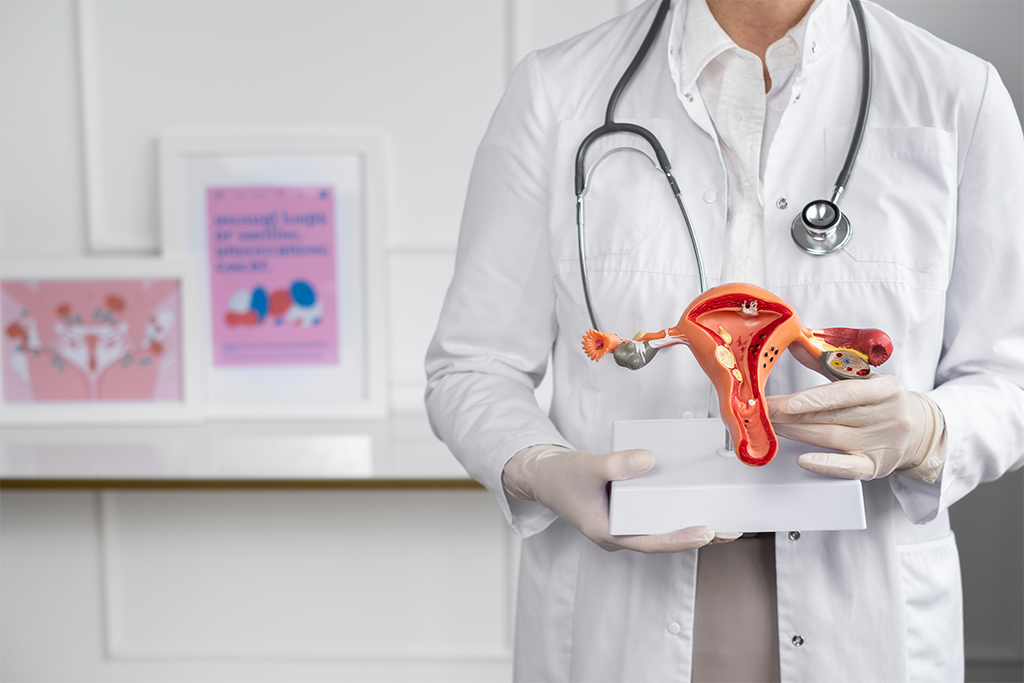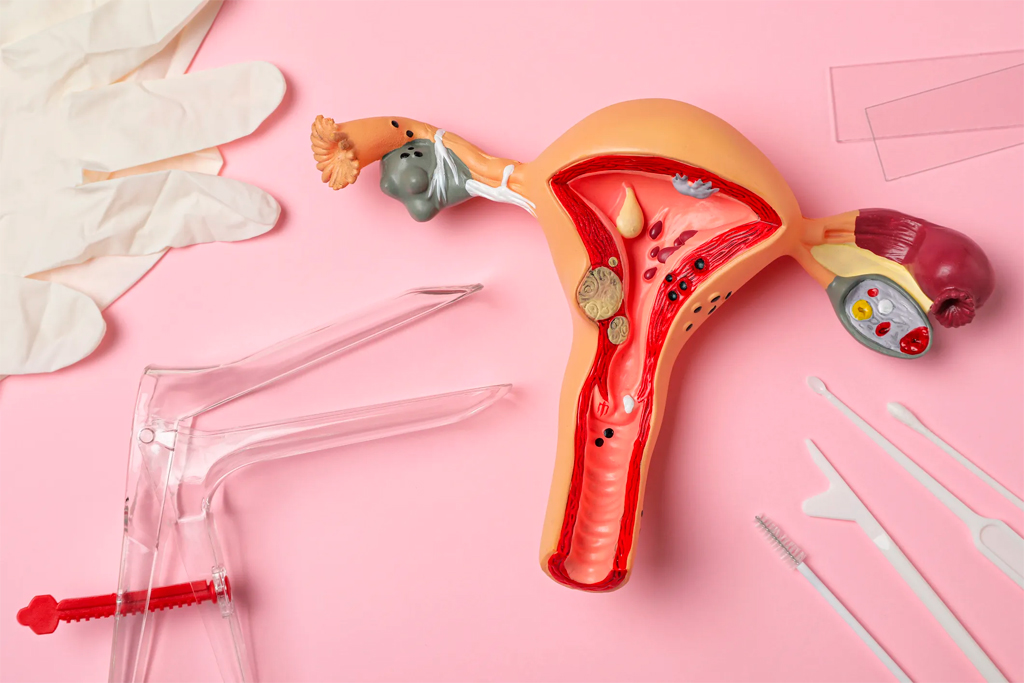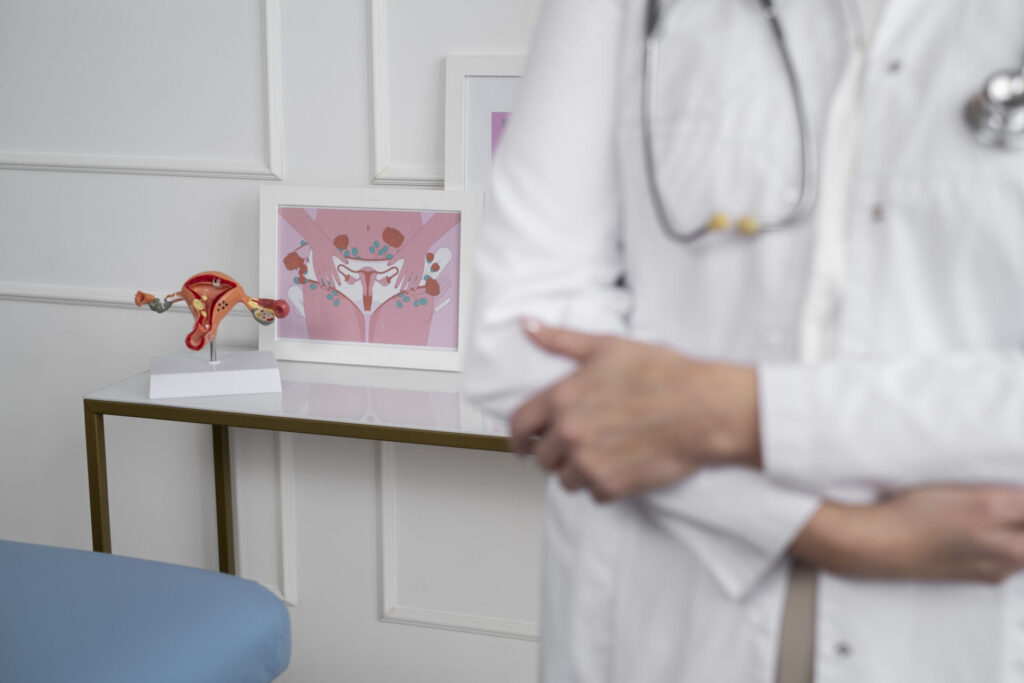Well-Woman Exam – Why It Ensures Women’s Health Through Preventive Care
 Source : Freepik
Source : Freepik
Regular health checkups are absolutely indispensable for women to safeguard their well-being. A well-woman exam is critical to detect early signs of cancer, manage reproductive health, and prevent diseases.
These exams identify conditions such as cervical cancer, ovarian cancer, and sexually transmitted diseases (STDs) at early and treatable stages. Pap smear test tools and HPV testing are key tests that complement each other to screen for cervical abnormalities.
In this article, we will explore the components of a well-woman exam, including the importance of gynecology in women’s preventive health, tools for Pap smears, human papillomavirus infection medication, and the broader significance of regular exams.
What Is a Well-Woman Exam?
 Source : Freepik
Source : Freepik
A well-woman exam is a comprehensive health assessment that focuses on women’s reproductive health. It includes vital screenings, such as Pap smears and HPV testing, to detect early signs of cervical cancer. These exams are also important to identify other conditions, such as ovarian cancer and STDs.
The benefits of the well-woman exam extend beyond its diagnostic value. Instead, it also serves as a preventive measure. Physicians in the field of gynecology are at the heart of this process. They specialize in the identification, management, and prevention of reproductive health conditions.
Routine visits ensure that women receive personalized advice and screenings, which focus on the importance of proactive care for long-term health.
For more information about cervical screenings, visit NOUL’s miLab CER.
Pap Smear Test Tools – How They Work
 Source : gettyimages
Source : gettyimages
Pap smear test tools cover a screening procedure that the gynecologist orders to screen for cervical cancer. The cervix is the lower part of the uterus that connects the uterus to the vaginal canal, serving as the passage between the two.
Cervical cancer is primarily caused by persistent infection with high-risk types of human papillomavirus (HPV), particularly HPV 16 and 18, which are oncogenic and can lead to cancer over time. When a patient presents to the doctor’s office and there’s a suspicion of cervical cancer, the physician will order a pap smear to either confirm or deny it.
Here’s how the Pap smear test tools are used during the procedure:
- The patient is placed in the gynecological position (lying on their back, legs wide open). After that, an instrument (called the speculum) is used to widen up the vaginal canal, and then a small brush is inserted until it reaches the outer part of the cervix (i.e., exocervix).
- Using the brush, your physician will gently scrape the cervix to collect some cervical cells, which are then stored in a special liquid to conserve their structure.
- Finally, a pathologist will take a look at the sample with a microscope to evaluate any abnormalities and/or signs of cervical cancer.
Recent innovations have improved these tools. In fact, they are more accurate and comfortable for patients. For instance, advanced liquid-based cytology methods have streamlined cell analysis, which reduced false positives and facilitated early detection. The tools such as NOUL’s Cervical Screening Solutions are designed with accuracy and comfort as top priorities.
Human Papillomavirus Infection Medication
 Source : gettyimages
Source : gettyimages
Human papillomavirus, or HPV, is an infectious agent that gets transmitted through skin-to-skin contact. There are approximately 100 strains of this virus. Interestingly, 40 types can be passed through sexual contact.
The Centers for Disease Control and Prevention (CDC) stated that HPV is the number one sexually transmitted infection (STI).
Aside from using protective measures during sexual intercourse, the Gardasil 9 vaccine prevents genital warts and cancer-causing HPV strains. The CDC recommends that boys and girls should get vaccinated between the ages of 11 and 12. Furthermore, individuals between the ages of 27 and 45 could get vaccinated even if they’ve never received the Gardasil 9 vaccine before.
While there is no specific human papillomavirus infection medication to cure the virus itself, vaccines like Gardasil 9 help prevent the most dangerous strains, and treatments are available for conditions caused by HPV, such as genital warts and precancerous cells. According to the National Institute of Cancer, Gardasil 9 is highly effective in preventing cervical, vulvar, and vaginal disease caused by certain HPV strains, with near-complete protection against the targeted types.
Other studies conducted by various medical teams found similar results when it comes to genital warts and cancer prevention.
For more details on human papillomavirus infection medication, check out NOUL’s Product Innovations.
The Role of Gynecology in Women’s Preventive Health
 Source : Freepik
Source : Freepik
The field of gynecology is integral to address women’s reproductive health concerns. Regular gynecological check-ups allow early detection and management of conditions such as fibroids, endometriosis, and HPV-related issues. Gynecologists play a critical role in the identification of risk factors, guidance of treatment plans, and preventive strategies.
Well-woman exams are facilitated by gynecologists, which bridge the gap between early detection and ongoing health management. They provide a platform to discuss fertility options, manage menopausal symptoms, and address hormonal imbalances. By integrating these exams with advanced tools, such as cervical cancer screening devices, healthcare professionals can enhance the quality of preventive care.
Why Regular Well-Woman Exams Matter
Data highlights the life-saving potential of regular well-woman exams. Moreover, the World Health Organization found that timely cervical screenings can reduce cervical cancer-related deaths by up to 80%.
What’s more, these exams improve overall health outcomes and enable early treatment of various conditions. Women are encouraged to schedule their next appointment, which ensures their health remains a top priority.
Conclusion
 Source : NOUL
Source : NOUL
Regular well-woman exams are extremely important to detect abnormalities and early signs of cancer. Our innovative miLab™ CER provides an effective solution for cervical cancer screening. This is done through the help of an on-device AI to deliver fast, accurate, and decentralized diagnostics.
For healthcare providers, miLab™ CER streamlines diagnostic processes, which improves efficiency and patient care. Learn more about NOUL’s advancements in diagnostic solutions at MEDICA 2024 and how miLab™ is transforming global healthcare.
To learn more about how miLab™ CER can transform your diagnostic capabilities, visit NOUL’s Product Inquiry Page.

